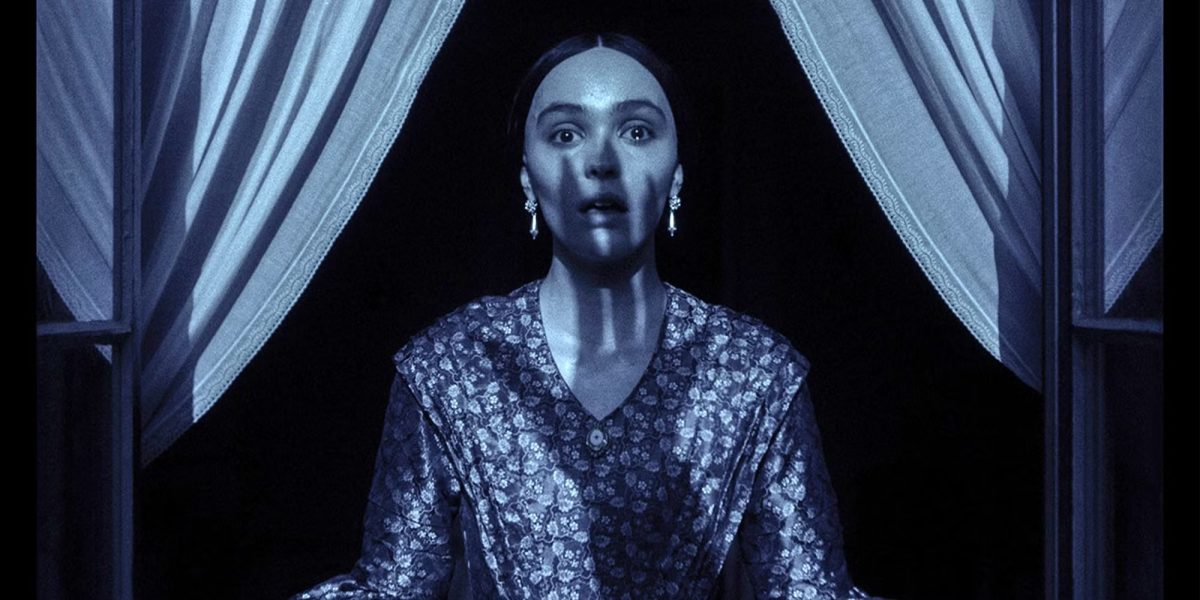Shadowy semi-monochrome cinematography and heavy breathing are the key ingredients used by director Robert Eggers to cultivate the mesmerizing atmosphere of “Nosferatu” (2024) a remake of the 1922 film titled “Nosferatu: A Symphony of Horror.” Originally an unlicensed adaptation of the original Dracula novel, the story of Nosferatu has managed to remind viewers of its relevance a century later, proving that the intersection of love and violence remains culturally significant today.
Released on Christmas 2024, Lily-Rose Depp and Nicholas Hoult star as newlyweds Ellen and Thomas Hutter, living in the German city of Wisborg. “Nosferatu” centers around Ellen’s mysterious past romantic connection to a decaying vampire. This becomes relevant when her real-estate-agent husband is sent to Transylvania to assist the mysterious Count Orlok (Bill Skarsgård), who seeks to purchase a home in the very city where Thomas and Ellen reside. Despite the terrifying aura surrounding his scenes, Count Orlok’s character verges on becoming comical, largely because of his exaggerated accent and wheezy breathing that permeates every minute of his screen time. Despite this, his antics never shatter the horror of the film, perhaps because of the blood and gore that accompanies many of his appearances.
However, Depp’s utterly magnetic performance is receiving near universal acclaim. She demands the viewer’s attention as she perfectly displays everything from all-encompassing fear and desire to violently convulsive seizures. Following the abysmal reception of 2023’s “The Idol,” which also starred Depp, my expectations for “Nosferatu” were not incredibly high, but Depp’s performance single-handedly elevated the film to greatness, despite its occasional unclear narrative threads and slower pacing. Other standouts include the cat-loving Dr. Von Franz (Willem Dafoe), whose pragmatism and obsession with the occult elevates a sidekick role that can easily become generic within the horror genre.
Like Depp’s previous project, “Nosferatu” has received criticism for its supposed excessive sexualization of young women. However, what it actually offers is an unequivocal condemnation of sexual abuse, portraying the abuser as a monstrous corpse and a plague, only able to be defeated by the victim’s reclamation of independence and agency.
Messaging and plot devices aside, “Nosferatu” is also a masterclass in world building, as its commitment to an eerie gray aesthetic keeps the viewer firmly grounded in the Victorian cities and dark forests that make up the principal locations in the film. Thanks to the signature aesthetic that accompanies Egger’s films, even shots where a disembodied shadowy hand looms over a city skyline manage to be intimidating rather than ridiculous. The cinematography only breaks from its muted color scheme in the few instances where characters set things on fire, making particularly climatic scenes even more impactful.
While some viewers may be unsettled by the overtly sexual themes present in “Nosferatu,” the principal cast’s performances and significant messages are undeniable, cementing the film as an instant classic and proving that remakes can transcend their reference materials.


